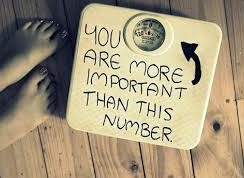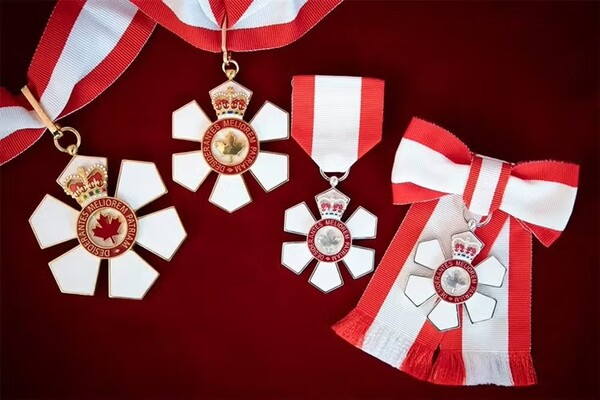Mobile Menu
- Education
- Research
-
Students
- High School Outreach
- Undergraduate & Beyond: Community of Support
- Current Students
- Faculty & Staff
- Alumni
- News & Events
- Giving
- About

Alyson Musial
 Could integrating children with disabilities into mainstream schools be causing unintended harm? How do students with non-visible disabilities experience college or university? Do rehabilitation clinicians stigmatize patients based on their weight?
Could integrating children with disabilities into mainstream schools be causing unintended harm? How do students with non-visible disabilities experience college or university? Do rehabilitation clinicians stigmatize patients based on their weight?
These aren’t the sort of questions you would expect physiotherapists to be asking.
However, these are exactly the type of inquiries fueling a new wave of critical disability and rehabilitation research at U of T. This research is challenging both the practice and theory of physiotherapy, while critically reflecting on the profession’s past, present and future.
“Our department nurtures a community of critical thinkers” says Department of Physical Therapy Associate Professor Barbara Gibson, author of Rehabilitation: A Post Critical Approach and executive member of the Critical Physiotherapy Network. “We are eager to create a more positive, inclusive and critical future for physiotherapy. We’re thinking against the grain.”
Graduate students in rehabilitation sciences are drawn to this tsunami of fresh ideas, seeking mentorship from physical therapy faculty. Their research is going beyond current boundaries of practice and thought.
Integrated yet Excluded?
Recent rehabilitation sciences graduate Gail Teachman studies how young people with physical and communication impairments are affected by dominant social understandings of inclusion as a universal good. She’s found that what we may think of as inclusionary practices can sometimes have exclusionary effects. Disabled children who attend “special education” programs in mainstream schools, for example, can actually feel excluded when a “normal students” vs. “special students” dynamic is created. Teachman stresses that we should seek “outside the box” and alternative ways of improving the lives of disabled children that move beyond idealized notions of inclusion.
 “Passing” University
“Passing” University
Another unexpected avenue of physiotherapy research is the exploration of how and when university and college students living with non-visible disabilities decide to disclose their condition. PhD candidate Fady Shanouda’s research highlights the challenges students face when deciding whether to share their disability with professors and fellow students — or whether they try to “pass” as a non-disabled student. Non-visible disabilities are diverse, from psychiatric disorders to chronic pain, endometriosis, rheumatoid arthritis and even prosthetics that can be covered by clothing. Shanouda’s work encourages rehabilitation practitioners to see disability as not just a medical issue, but also a socially and culturally produced phenomenon.
 Weight a Minute: Obesity Stigma in Physiotherapy
Weight a Minute: Obesity Stigma in Physiotherapy
Post-doctoral Fellow Jenny Setchell has also taken a critical approach to her research by examining how physical therapists demonstrate weight stigma, and how this stigma affects their interactions with obese patients. Her studies found that obese patients often felt uncomfortable with their physical therapist, or the physical therapy environment. When exploring how physical therapists think and speak around obesity, she discovered that often they were not aware of the complexity of body weight, and lacked theoretical resources to take into account the socio-political factors intertwined with obesity. Some exhibited a tendency to focus on weight-related issues with their patients, to the detriment of other (perhaps more relevant) treatments.
Setchell found that physical therapists are concerned about this issue, and are eager to change these biases to provide better physical therapy care for all patients, regardless of size. Her research has provided tools and tactics for physiotherapists to combat this unintentional stigmatization.
The breaking of a wave may not explain the whole sea, but Setchell notes that “this new wave of research is helping us expose, understand and — where helpful — rethink the theoretical underpinnings of rehabilitation.”

